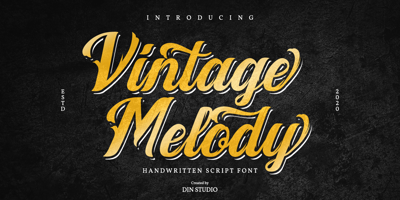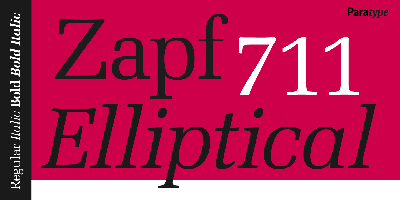What is Responsive Typography? A Guide to Mobile-Friendly Font Use
What is Responsive Typography? A Guide to Mobile-Friendly Font Use
Your design might look amazing on a 27-inch monitor, but how does it hold up on a 6-inch phone? That’s where responsive typography comes in—ensuring that your text is clear, legible, and aesthetically pleasing no matter what screen it’s viewed on.
In today’s mobile-first world, typography needs to adapt. In this post, we’ll break down what responsive typography is, why it matters, and how to implement it effectively in your web and app designs.
What is Responsive Typography?
Responsive typography refers to typographic elements (like font size, weight, spacing, and line height) that automatically adjust based on the screen size and device type.
Just like responsive layouts rearrange themselves to fit different screens, responsive type ensures that:
-
Text remains readable
-
Content feels balanced
-
The visual hierarchy stays intact
“If content is king, then typography is its voice—and that voice needs to be heard on every device.”
Why It’s Crucial for Mobile Design
Over 60% of web traffic comes from mobile devices. If your typography doesn’t adapt to small screens, you risk:
-
Poor readability (especially with small or thin fonts)
-
Broken layout designs
-
High bounce rates (because users leave when reading becomes hard)
Mobile users are often on the go—give them clarity at a glance.
Key Principles of Responsive Typography
1. Use Relative Units (Not Pixels)
Avoid fixed pixel values like font-size: 18px. Instead, use:
-
emorremfor scalable sizing -
vw(viewport width) for ultra-fluid designs
Example:
body {
font-size: 1.1rem; /* Scales better across devices */
}
2. Leverage Media Queries
Set different font sizes for different screen breakpoints.
h1 {
font-size: 2.5rem;
}
@media (max-width: 600px) {
h1 {
font-size: 1.8rem;
}
}
3. Optimize Line Length (Measure)
Ideal line length: 50–75 characters per line
On mobile, this usually means smaller font sizes with adjusted margins.
4. Control Line Height and Letter Spacing
-
Line height: At least
1.4–1.6xthe font size for comfort -
Letter spacing: Slightly increased for uppercase or light fonts
5. Choose Screen-Friendly Fonts
Use fonts optimized for digital environments:
| Font | Why It Works |
|---|---|
| Roboto | Designed for Android; highly legible |
| Open Sans | Neutral, balanced, and great for web |
| Inter | Optimized for UI and small sizes |
| Source Sans Pro | Clean and professional at any size |
Tools and Tips for Better Responsive Type
-
Clamp() function (CSS): Automatically scales fonts between min/max sizes
font-size: clamp(1rem, 2vw, 2rem); -
Fluid Type Scales: Use modular scale generators like Type-Scale.com
-
Frameworks like Tailwind CSS: Offer responsive utility classes out of the box (
text-lg,md:text-xl, etc.) -
Preview on Devices: Always test on real phones—not just browser emulators.
Bonus: Responsive Font Pairing Tips
-
Stick with 2 fonts max for mobile clarity
-
Use bold or uppercase for emphasis instead of increasing font size
-
Avoid overly decorative fonts in small sizes
Final Thoughts
Responsive typography isn’t just about resizing text—it’s about preserving meaning, tone, and usability across every screen.
From scaling headlines to adjusting line height, every typographic decision should consider how and where it’s being read.
Design for thumbs, eyes, and attention spans—because good type adapts, just like good design.





